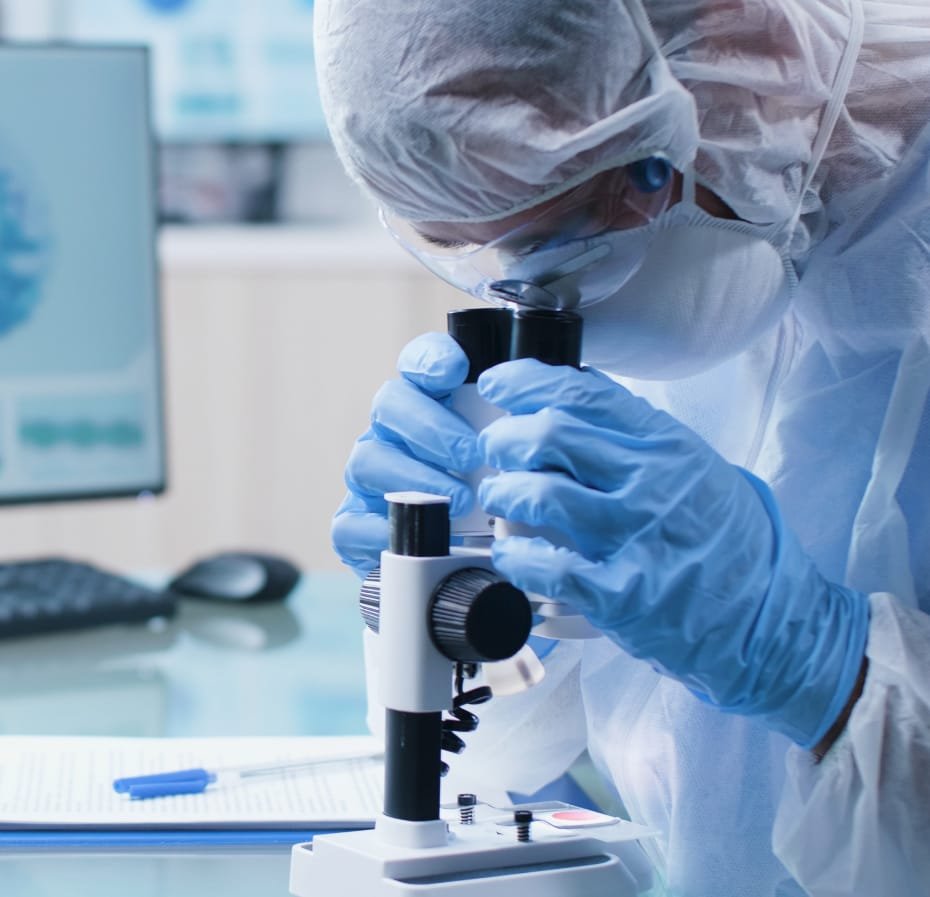Candida (Candidiasis)


What are Candida and Candidiasis?
Candida is a type of yeast (fungus) that naturally resides on the skin and inside the body, including areas such as the mouth, throat, gut, and vagina. Normally, Candida coexists harmlessly with other microorganisms in these areas. However, when the balance of microorganisms is disrupted, Candida can multiply excessively, leading to an infection known as candidiasis. This condition can affect various parts of the body, resulting in different types of infections such as oral thrush, vaginal yeast infections, cutaneous candidiasis (skin infections), and invasive candidiasis (a serious systemic infection). More than 20 species of Candida can cause infections in humans, with Candida albicans being the most common.
FAQ on Candida (Candidiasis)
What causes Candida infections (Candidiasis)?
Candida infections occur when there is an overgrowth of the fungus. Factors that contribute to this overgrowth include:
- Use of antibiotics, which can disrupt the balance of microorganisms in the body
- Weakened immune system due to conditions like HIV/AIDS, cancer treatments, or organ transplants
- Diabetes, especially if blood sugar levels are not well controlled
- Hormonal changes, such as those occurring during pregnancy
- Poor hygiene or excessive moisture in certain body areas
What are the symptoms of Candida infections (Candidiasis)?
Symptoms vary depending on the type and location of the infection:
- Oral Thrush: White patches on the tongue, inner cheeks, roof of the mouth, gums, and tonsils; soreness or redness in the mouth; difficulty swallowing.
- Vaginal Candidiasis (Yeast Infection): Itching and irritation in the vagina and vulva; a thick, white, odorless discharge; redness and swelling of the vulva; pain during intercourse or urination.
- Cutaneous Candidiasis: Red, itchy rash in areas that are moist and warm, such as the armpits, groin, and under the breasts.
- Invasive Candidiasis: Fever and chills that do not improve with antibiotics; can affect the blood, heart, brain, eyes, bones, and other parts of the body (more common in hospitalized patients or those with weakened immune systems).
How are Candida infections (Candidiasis) diagnosed?
Diagnosis depends on the affected area and may include:
- Physical Examination: A healthcare provider examines the affected area for signs of infection.
- Microscopic Examination: A sample of cells from the affected area is examined under a microscope.
- Culture: A sample from the affected area is cultured to grow and identify the specific species of Candida.
- Blood Tests: For invasive candidiasis, blood tests can help detect the presence of Candida in the bloodstream.
Can Candida infections (Candidiasis) be transmitted?
Candida is not usually considered a sexually transmitted infection (STI), but it can be passed between sexual partners through genital contact. Other ways Candida can be transmitted include:
- Mother to Child: During childbirth, a mother with a vaginal yeast infection can pass Candida to her baby, leading to oral thrush or diaper rash.
- Close Contact: Sharing personal items like toothbrushes, towels, or eating utensils can spread Candida, especially in individuals with weakened immune systems.
What are the complications of untreated Candida infections (Candidiasis)?
If left untreated, candidiasis can lead to various complications, including:
- Chronic or recurrent infections
- Spread of the infection to other parts of the body
- Systemic infection (invasive candidiasis), which can be life-threatening, especially in immunocompromised individuals
How are Candida infections (Candidiasis) treated?
Treatment depends on the location and severity of the infection:
- Topical Antifungals: Creams, ointments, or suppositories for skin or vaginal infections (e.g., clotrimazole, miconazole).
- Oral Antifungals: Tablets or liquid medications for oral thrush or more severe infections (e.g., fluconazole, itraconazole).
- Intravenous Antifungals: For invasive candidiasis, stronger antifungal medications administered through a vein (e.g., amphotericin B, echinocandins).
Can Candida infections (Candidiasis) be prevented?
Preventive measures include:
- Maintaining good hygiene and keeping skin dry, especially in areas prone to moisture
- Managing underlying health conditions such as diabetes
- Avoiding unnecessary use of antibiotics
- Wearing loose-fitting, breathable clothing
- Maintaining a healthy diet and lifestyle to support a strong immune system
How May I Proceed?
If you're unsure which test to take or need further clarification, please don't hesitate to contact us via WhatsApp at >8185 5577. We're happy to address your concerns and guide you through the options that best suit your needs.
